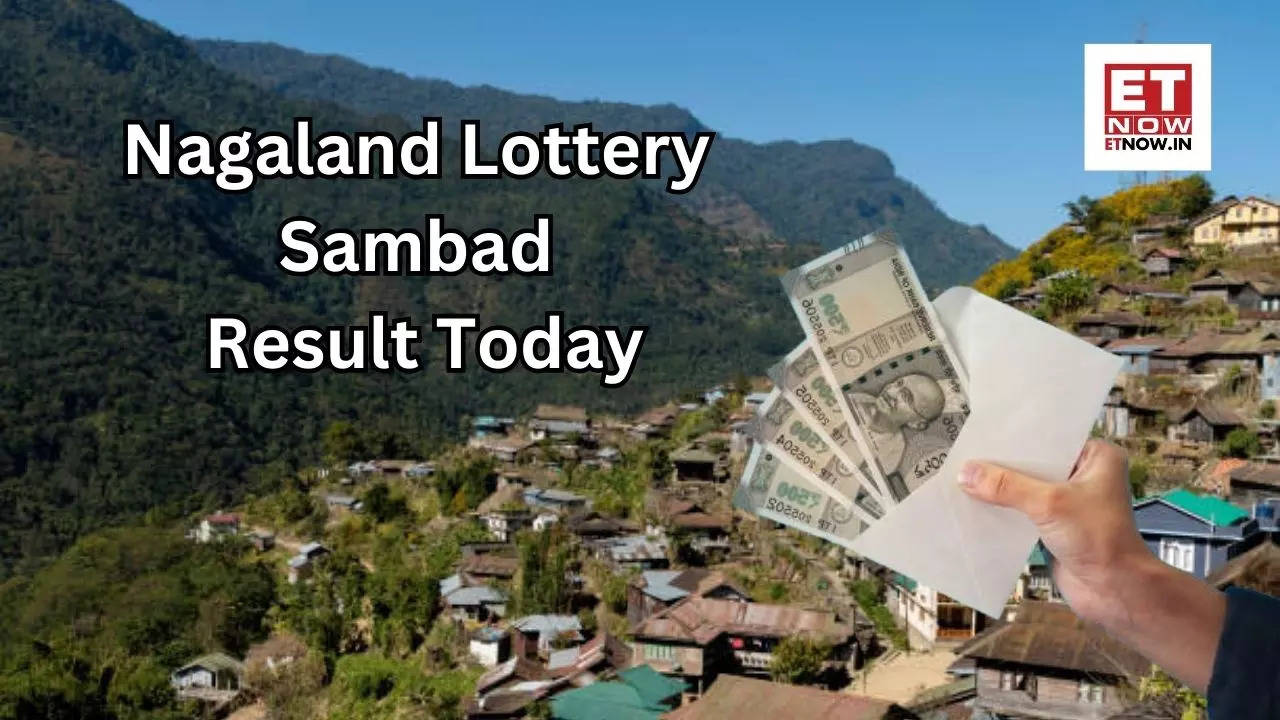Infra
Ottawa to Unveil High-Speed Rail Bid For Toronto–Quebec City Corridor

With Ottawa preparing to announce the winning bid for a new high-frequency, high-speed rail line along the Toronto–Quebec City corridor, advocates are hoping the project could shift regional travel habits toward lower-carbon alternatives.
Anticipation is building after Radio-Canada reported that plans will be revealed in the coming weeks—five years after the Canada Infrastructure Bank set a deadline for final engineering. But alongside the excitement, questions have been raised about whether the C$80- to $120-billion project is the best use of Canada’s resources.
- Be among the first to read The Energy Mix Weekender
- A brand new weekly digest containing exclusive and essential climate stories from around the world.
- The Weekender:The climate news you need.
Sources told Radio-Canada the train will travel 300 kilometres per hour along its 1,000 kilometre route—twice the speed of current trains. And where driving from Montreal to Toronto currently takes around six hours, high-speed rail could halve that time to just three hours.
Another selling point is the predictability of arrival and departure times, as the trains would run almost entirely on brand new, dedicated tracks, no longer needing to pause at a siding to let freight trains clatter on by.
In addition to connecting Quebec City and Toronto, the line would serve cities like Trois-Rivières, Laval, Ottawa, and Peterborough.
The project is being pitched as a socio-economic and environmental boon, drawing praise from federal Transport Minister Anita Anand.
“Rail is going to improve productivity, it’s going to improve efficiency, it’s going to lower carbon emissions, and it’s going to allow for more housing to be built on these rail lines,” Anand told an economic summit in Toronto in October.
Rail travel’s emissions-saving potential is significant. The International Energy Agency (IEA) reported a few years ago that the introduction of high-speed rail as an alternative to short-haul flights in Asia and Europe led to major reductions in air travel. Highly carbon-intensive short-haul flights dropped nearly 80% in the first three years after Taiwan opened its Taipei-to-Kaohsiung line. And in the first year of the Madrid-to-Barcelona high speed train, air travel along parallel flight routes fell by more than 20%.
The extent of emissions savings also depends on how many commuters can be switched from road to rail, how much embodied carbon is involved construction projects that make heavy use of steel and concrete, and the extent to which the power mix driving the train is green, said the IEA.
Ottawa says the project may also help address housing pressures, though official details are still limited. The industry publication Railway Supply recently wrote that including a stop in Kingston—where average home prices are about half those in the Greater Toronto Area—could ease Toronto’s housing crunch. With Kingston accessible from Toronto in under an hour via high-speed rail, commuting could become feasible for GTA residents seeking more affordable homes.
The project is also proposing meaningful reconciliation with Indigenous communities. Pierre-Yves Boivin, senior vice-president of communications, public affairs, and Indigenous relations at the line’s project office VIA HFR, told investigative journalist Justin Ling that talks are under way with several First Nations to involve them as business partners.
“Given that the Canadian Pacific Railway both precipitated and enabled the removal of Indigenous people from their land, making First Nations partners in a plan to renovate the country for the next century could be a genuine act of reconciliation,” Ling wrote in a recent op-ed for the Toronto Star.
But while the feds and many local officials tout the project as an economic boon, Matti Siemiatycki, director of the Infrastructure Institute at the University of Toronto, has questioned whether the projected cost of the new rail line might be better spent.
“We have a doctor shortage, we have an affordable housing crisis, we have Indigenous communities without safe drinking water and housing, and we have local public transit systems that are really struggling with their operating and capital costs,” Siemiatycki told CBC News. “Is this really where we want to sink all of this treasure, all of this muscle to build out this project, or should the resources be spent better somewhere else?”








